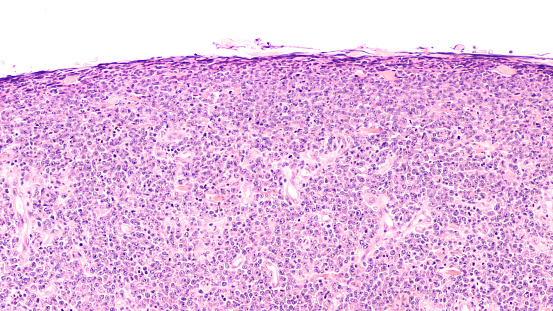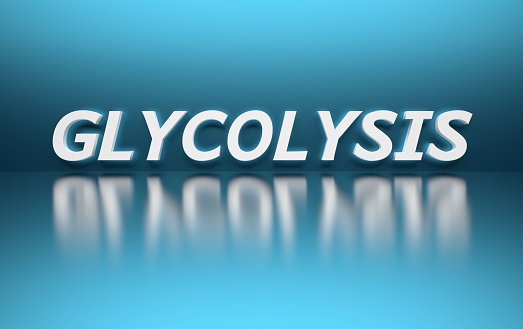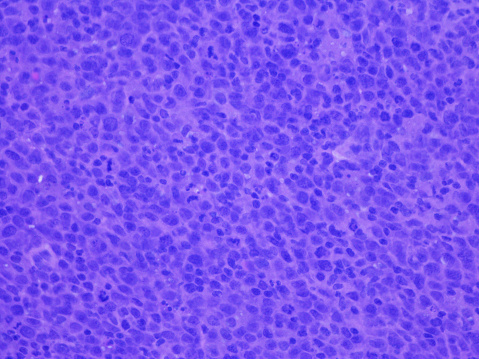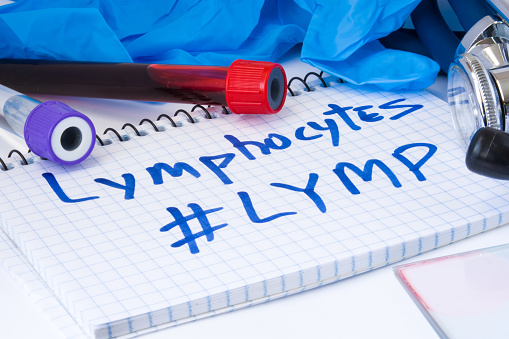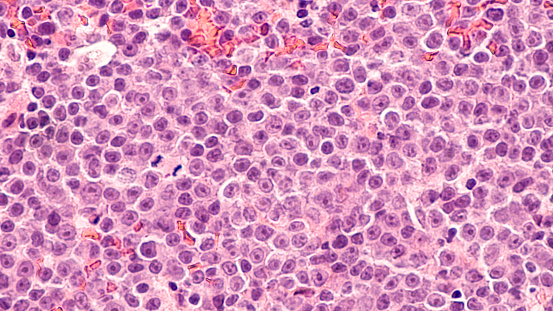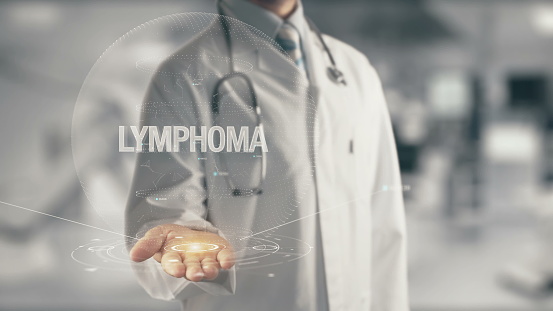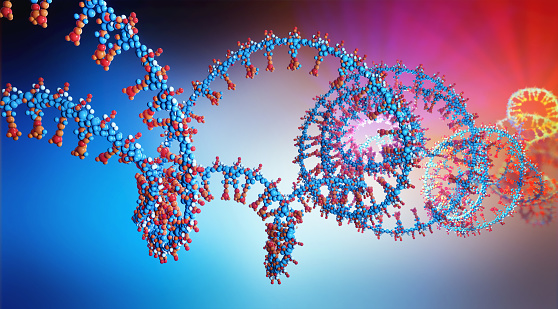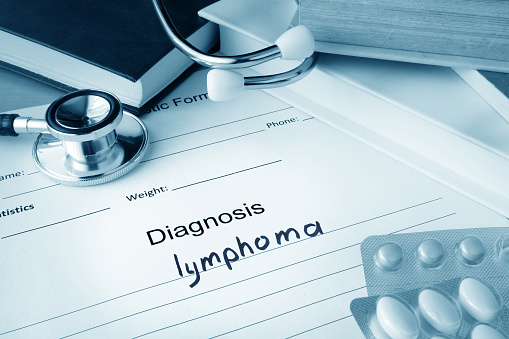A study found that increased 18F-FDG PET/CT heterogeneity may predict response to first-line chemotherapy in diffuse large B-cell lymphoma (DLBCL). The findings appeared in Nuclear Medicine Communications.
To conduct this study, researchers assessed 45 patients who received first-line rituximab, cyclophosphamide, doxorubicin, vincristine, and prednisone (R-CHOP) chemotherapy for DLBCL. Subsequently, radiomic features and standard uptake value (SUV)-based measurements were extracted from baseline PET images of 147 lesions. The investigators developed a machine-learning model to predict treatment response.
According to the results, a total of 14 textural features were selected by the machine-learning algorithm, which achieved a feature-to-lesion ratio of 1:10. The accuracy and area under the receiver operating characteristic curve of the model for predicting incomplete response were 0.87 and 0.81, the researchers noted. They observed that SUVmax and gray level co-occurrence were independent predictors of lesions resistant to first-line R-CHOP chemotherapy.
“Increased textural heterogeneity in baseline PET images was found to be associated with incomplete response in DLBCL,” the authors concluded.
Link: https://pubmed.ncbi.nlm.nih.gov/34075009/
Keywords: diffuse large B-cell lymphoma, logistic regression, independent predictors

